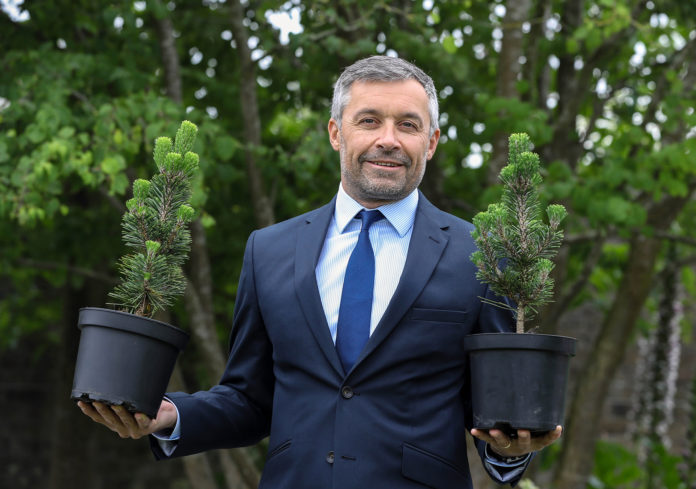
By Mark McAuley – Director Of Forest Industries Ireland
Forests and timber provide multiple benefits for our society, economy and environment. Ireland’s forests are an ideal land use mix with our other farming systems and provide strong incomes in rural communities where forestry income is a safe and reliable option.
Our forests also provide rural employment across the forestry and timber supply chain and make a major contribution to Ireland’s rural economy.
Overall, our forests are responsible for 12,000 rural jobs and generate €2.3 billion for the economy. In addition, our forests sequester millions of tonnes of carbon and absorb more and more carbon dioxide each year. They are also an important recreational amenity for the communities that surround them.
The vast majority of forest owners in Cork are farmers and farmers’ families. 1,679 farmers in Cork own a forest.
Forestry payments come on top of CAP payments for 15 years and also provide farmers with an excellent lump sum benefit on clear-fell for retirement or for their children.
Department of Agriculture analysis shows that forestry will financially outperform farming activities other than dairy. So, forestry is actually keeping many farmers in their communities by increasing farm viability through a reliable income.
All around the world, trees and forests are recognised as a major weapon in the fight against climate change. The government is committed to a major tree planting programme all across the country. Trees absorb carbon dioxide from the air as they grow and lock it away.
Ireland’s forests cover only 11% of the country (the lowest in the EU) but contain over 300 million tonnes of carbon which is now locked away for decades.
Each year, they absorb an additional 3.6 million tonnes of CO2 which equates to the amount of CO2 emitted by about 75% of the cars on Irish roads.
Sitka Spruce is an important species for Ireland. It grows fast and creates the timber products that the world needs.
It has recently been found that managed Sitka spruce forests are partly responsible for the welcome rise in numbers of our native red squirrels and pine martens.
New Sitka plantations must contain 30% broadleaves and Biodiversity areas and the margins of the forest provide excellent bird habitat.
Commiting to forestry
We should certainly be planting more native woodland and close to nature forestry; that is an important ambition. But, to be viable, a large-scale planting programme needs have commercial forestry as well.
Otherwise, new forest planting will be very limited in scale and will make a much smaller contribution to our climate goals. We will have discarded one of our most potent weapons in the fight against climate change.
The next Government needs to commit to forestry as part of its programme for government and climate action strategy. We need to get creative about planting new forests and plant the right trees in the right places in all counties.
The afforestation programme should be regionally balanced and diversified throughout the four provinces.
Forestry provides strong, steady incomes in farming communities and Irish forests make for a vibrant market for timber at home. Timber displaces carbon intensive building products with a material that locks away carbon for generations.
The building regulations should be modernised to allow much more timber construction and Government can take a lead by building schools and civic buildings from timber in Co Cork and elsewhere. This would further support the rural economy and building industry in the county.
Forest facts
County Cork
Just over 90,000 hectares of County Cork is under forest cover or 12% of all land in the county.
1,679 farmers in Co Cork received a total €8,813,405 in forest premium payments in 2017.
Total employment in the forestry sector in Co Cork is estimated at 1,395 people.
County Waterford
Just over 26,948 hectares of Co Waterford is under forest cover or 14.6% of all land in the county.
380 farmers in Co Waterford received a total €1,957,788 in forest premium payments in 2017.
Total employment in the forestry sector in County Waterford is estimated at 470 people.
County Tipperary
Just over 50,240 hectares of Co Tipperary is under forest cover or 11.8% of all land in the county.
855 farmers in Co Tipperary received a total €5,194,458 in forest premium payments in 2017.
Total employment in the forestry sector in Co Tipperary is estimated at 740 people.
County Limerick
Just over 27,900 hectares of Co Limerick is under forest cover or 10.4% of all land in the county.
710 farmers in Co Limerick received a total €3,822,233 in forest premium payments in 2017.
Total employment in the forestry sector in Co Limerick is estimated at 355 people.







